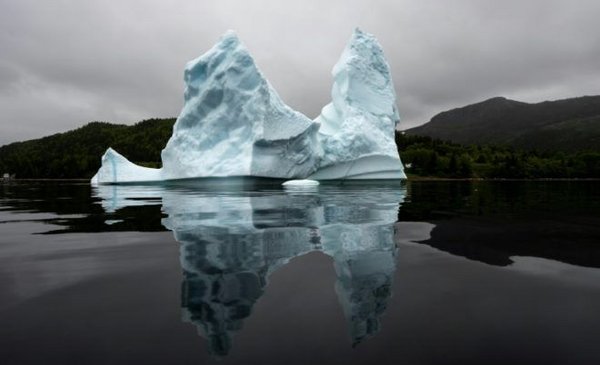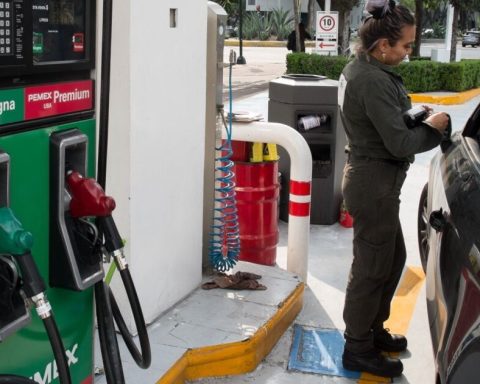By Santiago A. Sena
IEEM Professor
In the early morning of April 15, 1912, the Titanic disappeared under the icy waters of the Atlantic Ocean, curiously and tragically considered and known as “the unsinkable”.
On the fateful night of the accident, one of the lookouts, Frederick Fleet, caught a glimpse of what appeared to be an iceberg.. The night was so calm and the sea was so calm that there was not even foam around the mass of ice, which made it difficult to identify from a distance.
As Captain Edward Smith had retired to his cabin to rest, the command was in charge of the first officer, William Murdoch, who quickly ordered to avoid the iceberg by turning to port and stopping the engines. As a result of the maneuver, the ship barely grazed the starboard side.
The survivors narrated that practically nothing was felt and that there were those who joked about some ice that had fallen on the deck due to the incident. But the damage was done and just two hours and forty minutes later the “largest mobile object of its time” would be sinking to the bottom of the ocean, claiming the lives of more than 1,500 people, practically 70% of the passengers and crew. .
The minutes after the accident were surreal. Nobody did practically anything: An emergency evacuation was not initiated, the passengers who were still in their cabins were not alerted to the imminent danger and there were even those who refused to put on a life jacket, believing it impossible that the ship could sink. That the first two boats to evacuate were loaded to half capacity is symptomatic of the little sense of urgency that existed among the passengers. Until it was late. When the situation became clear, fear took hold of the people, even despite the orchestra, which continued to play until the end. The panic was intense until the landing of the last boat. Having left, those who remained on board understood that there was no longer any hope and dramatically awaited its end.
our iceberg
There are many stories and anecdotes from that historical experience that are alarmingly current. In the year 2022 we have an iceberg in front of us: it is the climatic iceberg.
As navigation is pleasant, we are constantly tempted to lock ourselves in our luxurious cabin in a developed country, without realizing that the destiny of the “common home” belongs, precisely, to everyone and for everyone. There is no panic. Even despite all the warnings from the experts, there isn’t even a strong sense of urgency. More and more studies show that we have to “stop the engines and turn to port”. There are more and more events that demand action, such as the expected temperatures in Antarctica, for example, this year they were reported 20 degrees above normal. We are approaching a point of no return in which if we continue to harm the planet, we will not be able to regenerate the damage done.
During the strictest restrictions, product of the strictest quarantines of 2020, the day of overshoot of the Earth, which is a calculation that establishes the day of the year in which we globally consume all the natural resources that the planet is capable of regenerating, it was postponed only three weeks, until August 22. In 2021 we returned to the same measure as in 2020 and as of July 29 we began to spend environmental stock. Stopping the world made us win only three weeks, while we have to slow down that date five months. The change that we need to carry out is that profound. Today we are using the Earth’s capacity 1.75 times faster than it is capable of regenerating itself.
More serious still, if we all lived as they do in the United States, Australia, Canada or Denmark, that number would rise to five. The problem is that we all want to live like the Danes and Canadians. It is undeniable that we need to modify the way we produce and live.
the world of business
The point is how to carry out this change without sacrificing development. Far from being a debate between environmentalists and hippies, the environmental agenda is fully valid in the business world and is part of an adequate context management strategy. For those who have doubts, it is enough to refer to the Davos Manifesto, which emerged from the heart of the capitalist and business world, to understand the relevance and need to adequately address this agenda from the productive sector. The business world has a lot to say and a lot more to do. And the time is now.
This is not a motivational harangue, but a detailed reading of reality: the pressures come from the increasingly demanding environmental regulations (European Green Pact of July 2021, to cite a close precedent), from the greater awareness of the new generations (customers and employees of organizations) and from the growing attention of the civil society, including the media.
The good manager (not because he is morally good, but because he is effective) cannot remain oblivious to these dynamics. As in the movie Don’t Look Up, we cannot allow ideological blinders or cognitive biases to prevent us from becoming aware of the risks we run.
That is why From the IEEM we focus this year’s Alumni Assembly, the first post-covid 19 (which will be on April 26 at LATU), on the subject of what is commonly labeled as ESG (Environment, Social and Governance, for its acronym). in English) and we summon recognized leaders from the region to help us think about how to carry out the transition towards a more sustainable economy, leveraged on sustainable finances and with the ability to socially include everyone and regenerate the planet.
We can continue to be distracted, enraptured by the luxuries of our private cabin, or we can get down to work to avoid the climatic iceberg that is still there, unchanging.
Changing the course depends on us and our responsibility, that of the people in the company, is very great.

















